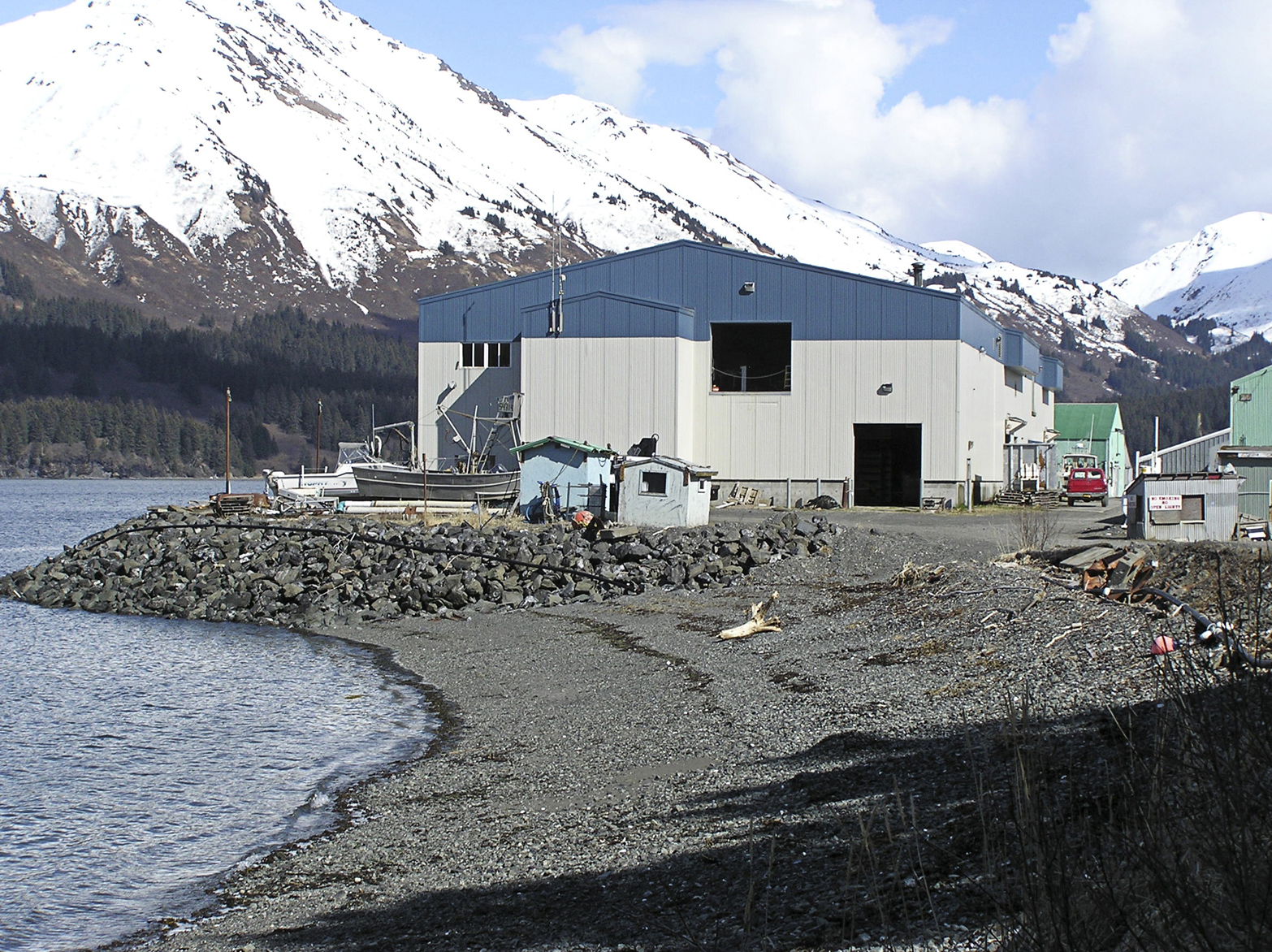Pink salmon fishing in Lower Cook Inlet could soon be revitalized as the Cook Inlet Aquaculture Association finalized its purchase of the Port Graham Hatchery on Monday after nearly two years of planning, permitting and logistics.
The facility has not been operational since 2007, when low returns of pink salmon and poor prices forced the Port Graham Hatchery Corporation to close.
In 2010, the group asked the aquaculture association to assume management of the operation.
Pink salmon reared by the aquaculture association, or CIAA, are expected to return to Port Graham Bay this year, allowing CIAA to begin collecting eggs for brood stock and harvest fish to recover some of the costs during its first year of operation.
“Our goal is to put 84 million eggs in the hatchery and any fish that are beyond that will probably be harvested as cost recovery, although some will be collected by local subsistence users,” said Gary Fandrei, executive director of the aquaculture association.
Though the association can recoup some of its costs under a permit to fish in the Port Graham Bay, Fandrei said the group did not expect to fully recover the roughly $1 million a year it will cost to operate the hatchery.
CIAA aims to have enough fish returning to the area by 2016 to recoup most of its cost.
“We should be able to do cost recovery (fishing) then and there would still be a common property fishery,” he said.
In the interim, the aquaculture association will borrow money from a revolving loan fund that the state provides for enhancement projects, Fandrei said.
Though commercial fishing is the primary source of income in Port Graham, an unincorporated village about 35 miles by air southwest of Homer, area residents also depend heavily on subsistence hunting, fishing and food gathering according to Kenai Peninsula Borough data.
Currently, the hatchery can handle about 84 million eggs which could result in just more than 2 million pink salmon returning to Port Graham Bay.
CIAA estimated those fish would generate between $2.2 million and $5.6 million in ex-vessel, or commercial harvest, value annually.
Lloyd Stiassny, president of the Port Graham Corporation which owns the land where the hatchery was built, said having the site functional again was an important step in revitalizing the area.
The Port Graham Corporation owns a cannery facility that shares a wall with the hatchery, though the corporation never operated the hatchery, and Stiassny said he hoped the venture would allow the cannery to reopen.
The remote location, high costs of fuel and low returns of pink salmon had forced the cannery to close.
“The dream, of course, is to produce enough fish returns in pink salmon to support cannery operations,” he said.
The increase in fishing activity also could bring in enough revenue for the town to replace its dock, Stiassny said, and in an area where fishing holds both cultural and commercial importance, a good dock is a necessity.
“They’ve been a little disconnected and there hasn’t been a strong buyer in the Port Graham area for many years,” he said. “It’s everybody’s goal to basically revitalize commercial fishing in Port Graham as well as in Nanwalek and Seldovia and return a vibrant fishery to the lower Cook Inlet.”
The aquaculture association plans to have eggs incubating in the facility by October.
At least four full-time employees and up to 12 seasonal employees per year will be required to run the facility, though Fandrei said it has been difficult to find hatchery managers.
“We’ve been really worried about that … hatchery managers are hard to find,” he said.
Still, despite the tight timeline and pressure to get fish into the facility, Fandrei said the aquaculture association was happy to take on the new project.
“We’re really excited about being able to do this and bring this facility back into production because it is an excellent facility,” he said. “It gives us the opportunity to stabilize the industry economically and that is our mission.”
Rashah McChesney is a reporter for the Peninsula Clarion. She can be reached at rashah.mcchesney@peninsulaclarion.com.



